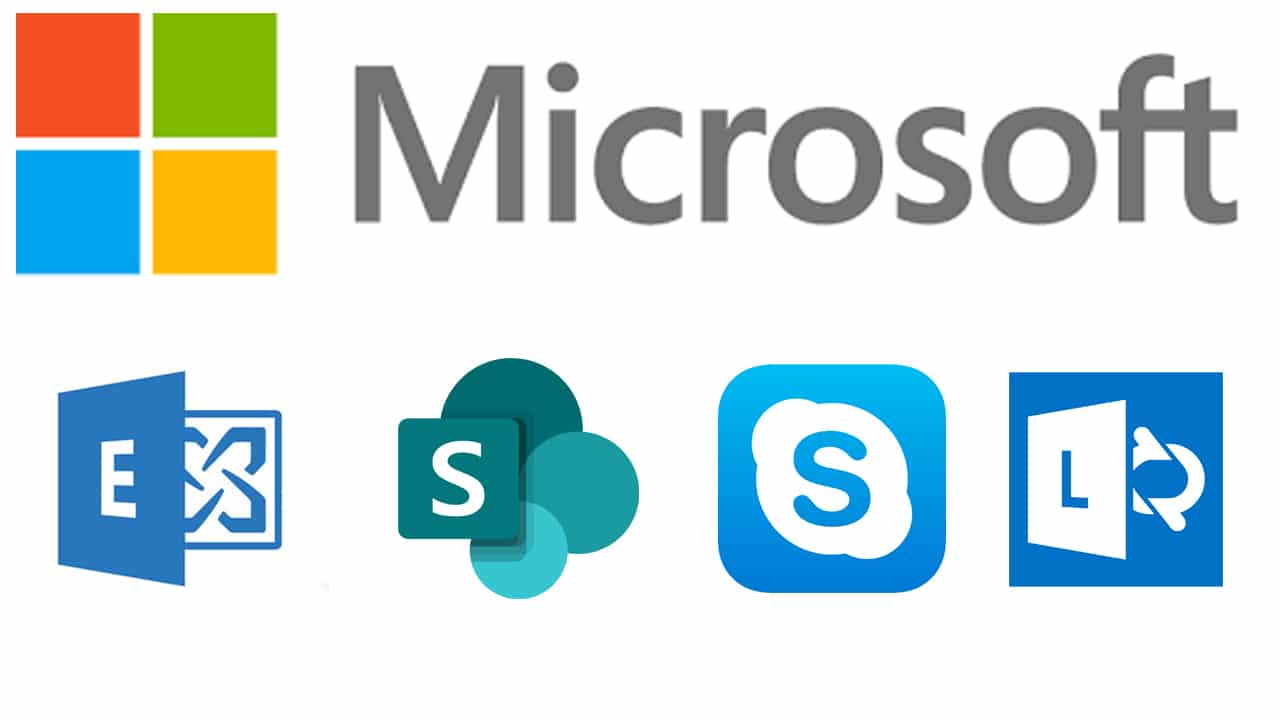In June of this year, Microsoft reclaimed a 1 trillion-dollar market cap, buoyed by all-time high stock prices. What is it that makes a company so valuable? Yeah, we’ve all used Outlook, Outlook365 and PowerPoint and they work great, but trillion-dollar great?
The answer is simple, but not as transparent as measuring a Microsoft product against a competitor’s. The truth is that Microsoft’s holistic approach to IT offers one of the best team tools. Insofar as project management communication tools are concerned, there’s nothing better. It is a business enabler for their customers.
Microsoft services and products provide a platform to maximize productivity through collaboration and security. They are a vehicle to improve cost efficiency by providing flexible solutions to give organizations what they need when they need it.
Game Changing Enterprise Collaboration

In the past, Microsoft offered a handful of options for business collaboration. Team tools like Exchange, SharePoint, and Lync/Skype were available to help coworkers with collaborative communication. Well, the workplace has changed since those tools were first made available.
Companies have become more disparate. The work from home culture is far more common now. Collaborative communication and access to collaboration tools have become more important. As Baby Boomers hand the professional torch off to Millennials, Gen Z is entering the workforce. Of course, technology companies haven’t been sitting idle as these changes were taking place.

Google’s G-Suite began offering Hangouts with group-based chat and video, an explosion of video conferencing tools like Zoom and Webex entered the field, and the cloud began providing services that ten years prior would have been incomprehensible.
Businesses are facing the challenge of integrating the most technologically savvy workforce in the history of mankind without displacing valuable, veteran contributions of the baby boomer generation. How do you enable a team of 20-somethings who grew up with an instant gratification work style to integrate with peers who could be 30 years older than themselves?

In 2016 Microsoft knocked it out of the park by integrating a new service in Office 365. Microsoft “Teams” uses the now well-known Office 365 experience to integrate groups of people with a thread based, persistent chat backed service.
The Best Part?
Teams are built on Office 365 groups. This means that they are mail-enabled, have a SharePoint presence for file sharing and external collaboration, and integrate more modern features like a bot framework and app integration with other SaaS products like DropBox and Youtube. These are SaaS products that younger generations are more comfortable with.
Microsoft is No Longer “Your Dad’s” Software Company
In more recent years Microsoft has invested heavily in collaborations that span an increasingly multi-generational workforce. Those efforts have paid off. Not just for Microsoft, but also for their customers! The same predictable experience that you’re used to with Microsoft’s Office platform has expanded into the cloud. It has evolved into a far more agile solution for your users.
They can access cloud storage with OneDrive and SharePoint from any device or location, attend meetings or chat remotely with peers via Teams, and can leverage personal workplace automation with Flow; all using the same account that they use on a daily basis.
Network Security in Mind
All the changes flowing into Microsoft’s service stack at a dizzying rate may have some IT security teams on their heels. Admins now have to worry about data exfiltration through external sharing or guest access, rogue devices accessing their data from unknown locations, or the ‘oops’ moment of internal employees accidentally sharing things they shouldn’t.
Microsoft has kept pace to keep admins at ease while co-workers consume business-enabling services.
Access to Data in Microsoft’s Cloud Service is Built on Azure.
You still control which accounts have access to the service. You’re able to leverage Microsoft’s incredible investments to enable features like multi-factor authentication and conditional access to limit entry to specific workloads.
Your admins now have the ability to parse sign-in data to show who signed in, from where, and what they did after signing in. Some people may take this for granted, but being to access the quality of data from other providers or from your own on-premises infrastructure is a difficult and potentially expensive prospect.
The best part? Azure Active Directory also allows control and transparency into guest access to Office 365 as well as access to third-party SaaS products registered in Azure. Even if your data ends up on a non-Microsoft platform, you’re controlling access to it with Azure-backed features like Azure Identity Protection.

They’ve built an effective, behavioral antivirus product in Advanced Threat Protection that spans the cloud with Azure and Office 365 ATP as well as Windows 10. There are other Windows Server flavors to keep users safe while they access resources from places and devices your team can’t control.
Businesses have trusted Microsoft with their data for years. Now Microsoft is paying it forward to the rest of its service stack by applying lessons learned during that time. Threats found with the ATP engine in Office 365 are used to immediately update the Microsoft AntiVirus signature. It is then leveraged by Windows Defender in Windows, Exchange Online Protection for email, and SharePoint for file sharing. That kind of synergy is not available with any other storage service provider.
Industry Leading Technical Support Community
Possibly the biggest differentiator is the absolute wealth of incredible support available to Microsoft customers. In addition to literally thousands of support articles provided by Microsoft and the public, the global community of helpful industry experts; Microsoft is deeply invested in making sure third-party service providers who support Microsoft have the tools, expertise, and guidance needed. Microsoft Certified Partners work with their customers closely to ensure excellent support. They also build the kind of personal relationships needed to make technology an enabler for your business.
Microsoft Certified Partners are privy to Internal Microsoft Announcements
Specialized training is given to ensure that Microsoft Certified Partners are held to a higher standard than a typical service provider. If you’ve got an upcoming project that stretches your team’s expertise, or you’re moving toward a more ‘as a service’ style of management? Then you absolutely need to look to Microsoft partners. Working through a partner typically comes with a financially backed level of service. There are teams of project managers and engineers that would be prohibitive to staff in a more traditional means.
Tying it Together
Staying current in IT is necessary for enabling business productivity. Most organizations understand that today. By choosing Microsoft to provide its technical services, you’re ensuring the most modern, up-to-date, versions of products users need on a daily basis. It’s a great way to remain current with a subscription-based approach.
You’re enabling admins to remain project-oriented, implementing solutions to continue to drive your business. You’re guaranteeing your users a uniformed, predictable experience across platforms to ensure they spend more time doing what you pay them to do instead of drowning in lost productivity as they struggle with questions or unexpected downtime.

You’re positioning your business to always have industry-leading support through a channel of thousands of Microsoft Certified Partners. Finally, you’re making the decision to invest in a partner that actually cares about those topics as much as you do.


